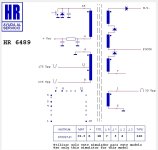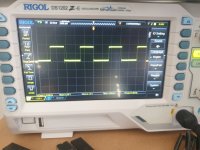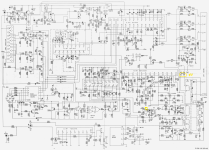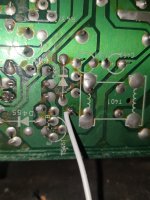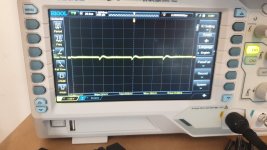I was also getting a little baffled in following the logical progression of what was going on...
Thanks for the schematics - they will be helpful.
First thing when measuring the heater voltage - have you got your meter set to AC or DC? What voltage range?
Dave
Hi daver, ok for baffing, probably my english and my progression to check problem is wrong.
I have setted the meter in DC mode for heater measuring and same for 125v! From flyback datasheet in effect the output is a only positive waveform...i have to measure it with AC mode?
The 125V DC is came from PSU, The 265V DC signed on schematics for me is wrong, because on PSU schematics report 26,5v and not 265v !!! It's correct my observation?
I don't have measured the 12v on IC 403 (L7812 regulator) but try to test it.
Emanuel

